Nuclear Energy Agency provides update on recent activities

The OECD Nuclear Energy Agency in late November reported on a range of “New at the NEA” activities.


The OECD Nuclear Energy Agency in late November reported on a range of “New at the NEA” activities.
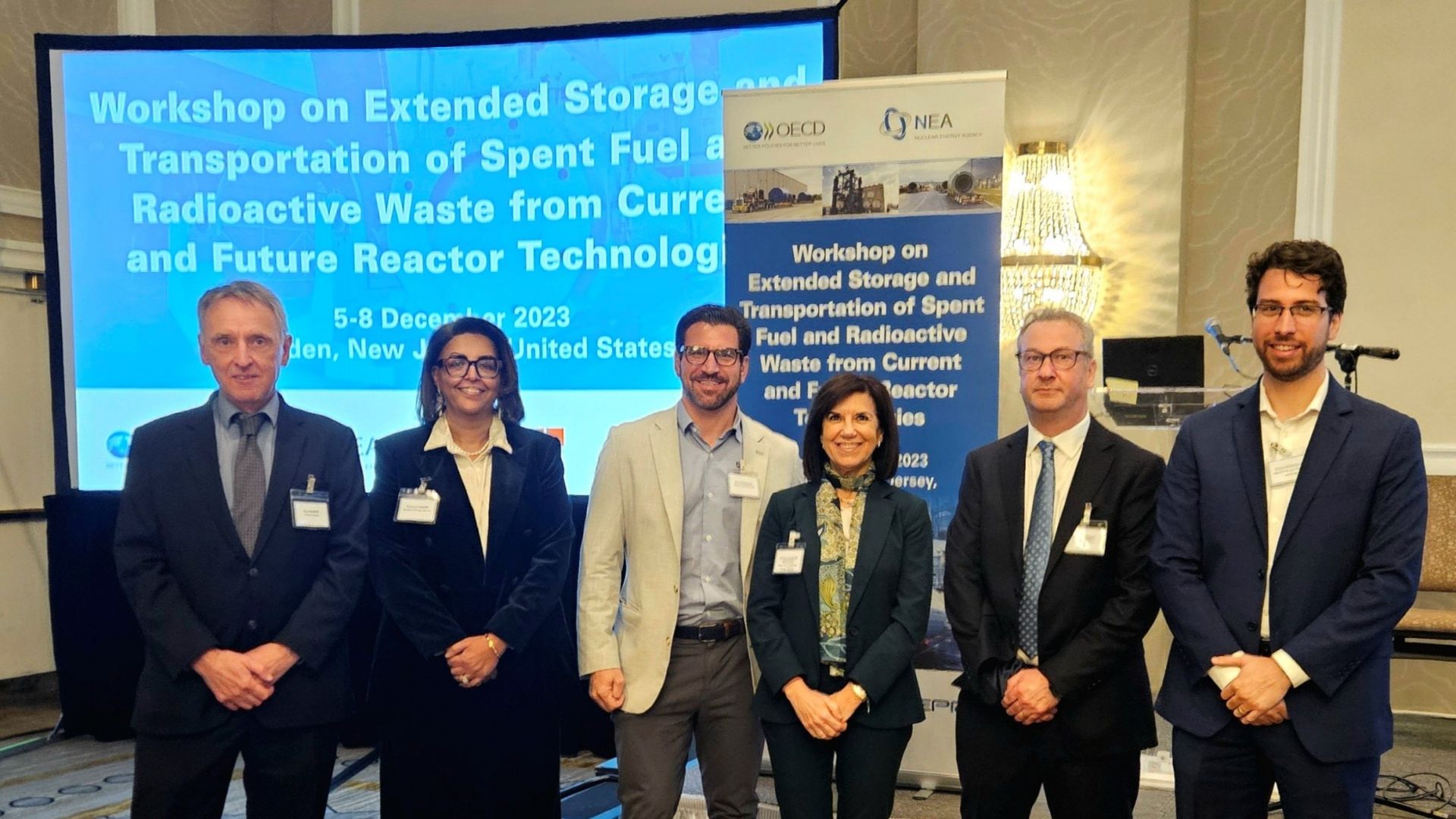
A recent event co-organized by the Nuclear Energy Agency, the Electric Power Research Institute, and Holtec International brought together about 100 international experts for a workshop on spent fuel and radioactive waste.

The Nuclear Energy Agency has announced a new collaboration with the Electric Power Research Institute on an upcoming project that will focus on waste management strategies for small modular reactors and advanced nuclear energy systems.
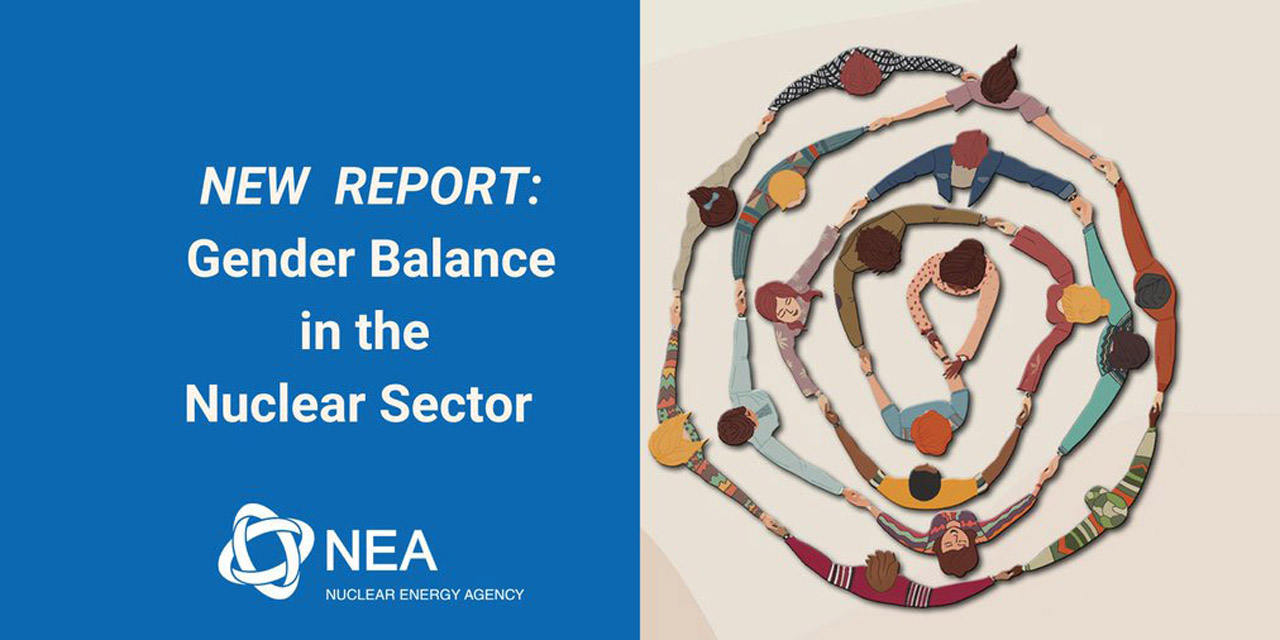
Women including Marie Skłodowska-Curie, Lise Meitner, Chien-Shiung Wu, and Katharine Way were key pioneers in nuclear science and technology, but today the visibility of women in the nuclear sector remains low. Women make up just one-quarter of people employed in the nuclear sector, and for STEM positions in that field specifically, they make up just one-fifth of the workforce. About 8,000 of those women responded to an a survey from the OECD Nuclear Energy Agency, and their responses have been captured in Gender Balance in the Nuclear Sector, a new report from the OECD NEA.
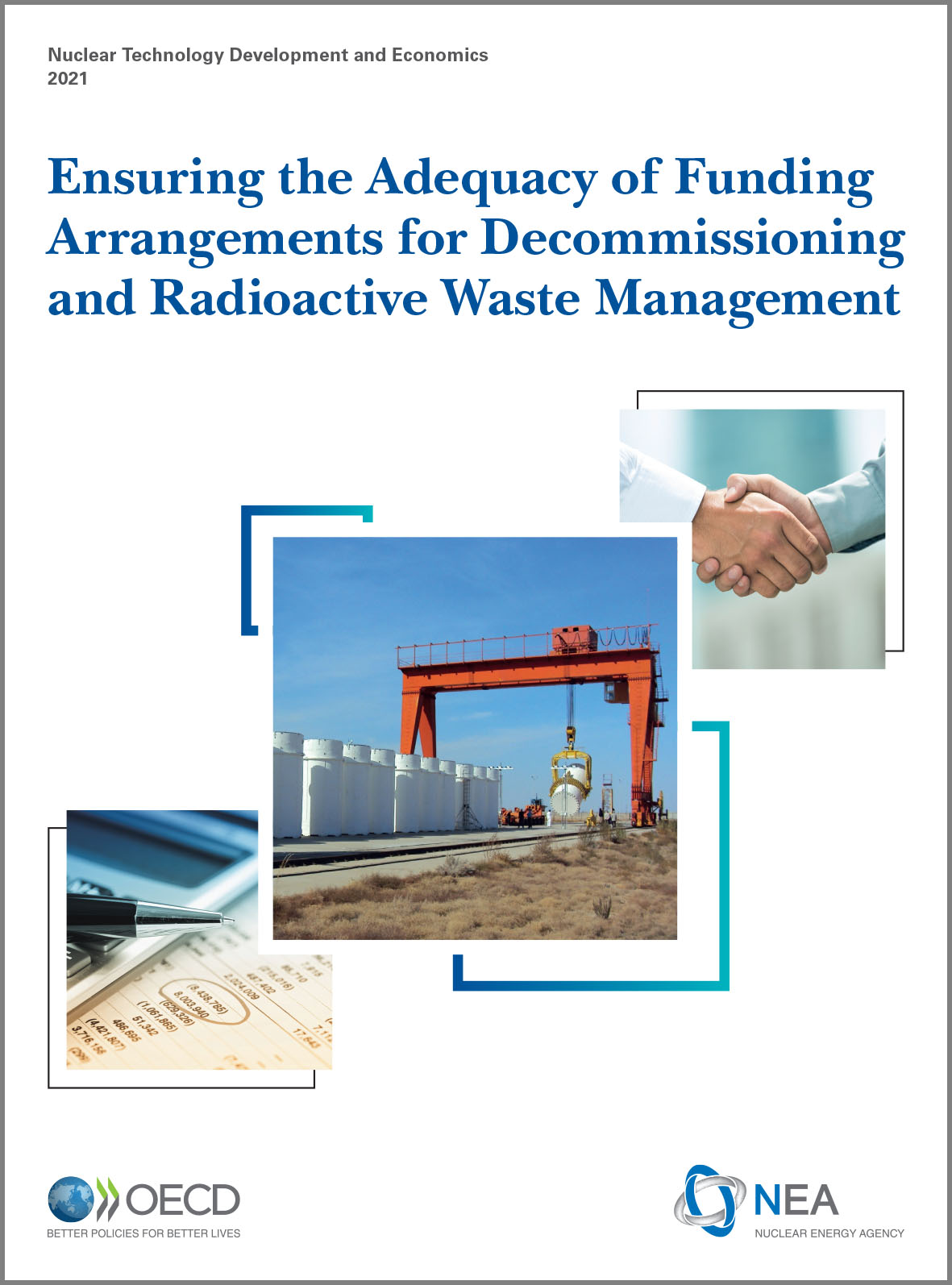 A report by the OECD Nuclear Energy Agency proposes a new approach to assessing the financial adequacy for undertaking nuclear decontamination and decommissioning projects and high-level radioactive waste management.
A report by the OECD Nuclear Energy Agency proposes a new approach to assessing the financial adequacy for undertaking nuclear decontamination and decommissioning projects and high-level radioactive waste management.
With the world’s aging nuclear power reactors approaching the end of their planned operational lifetimes, the adequacy of funding for decommissioning and waste management increasingly commands the attention of decision makers, the NEA said.
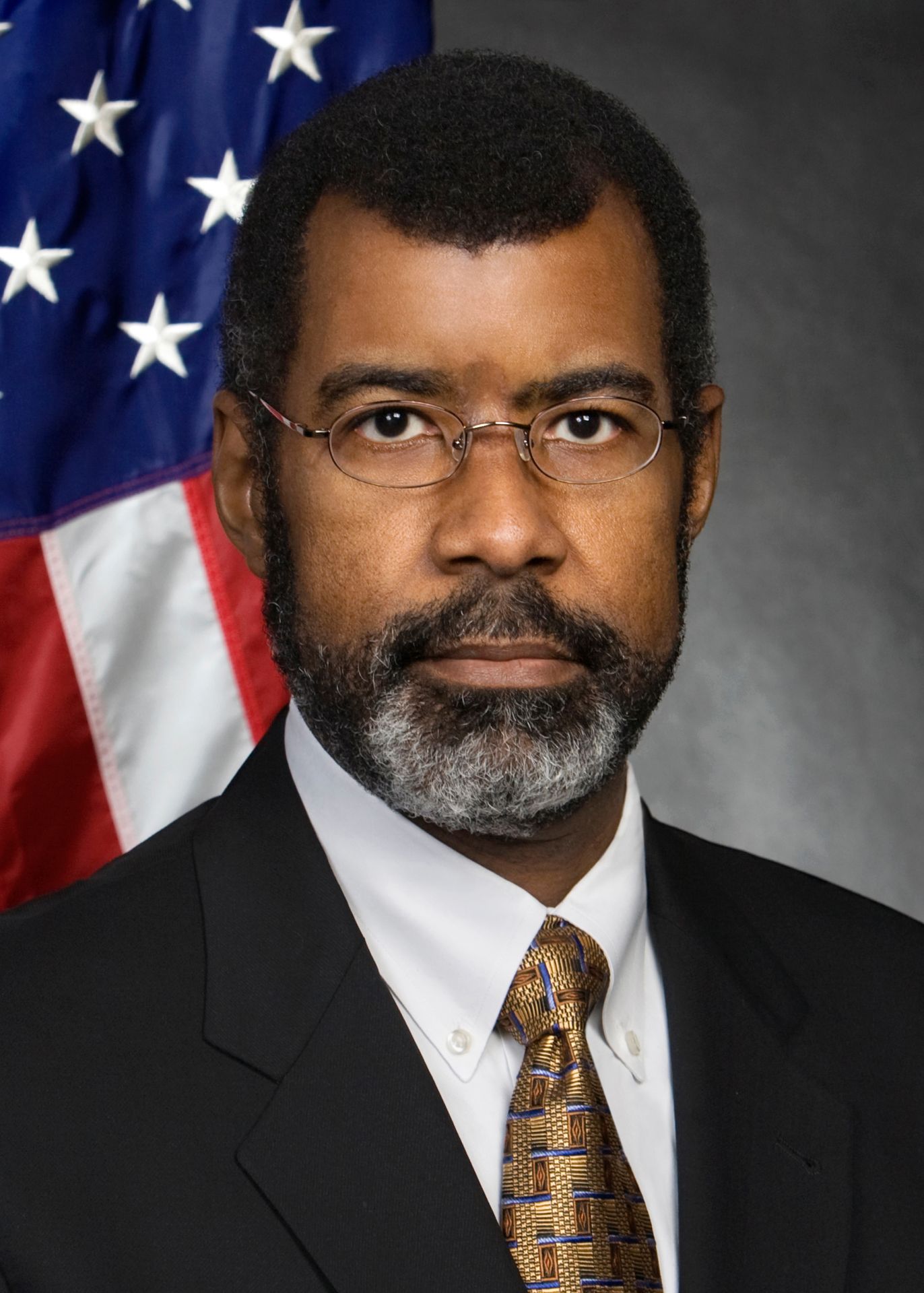
Magwood
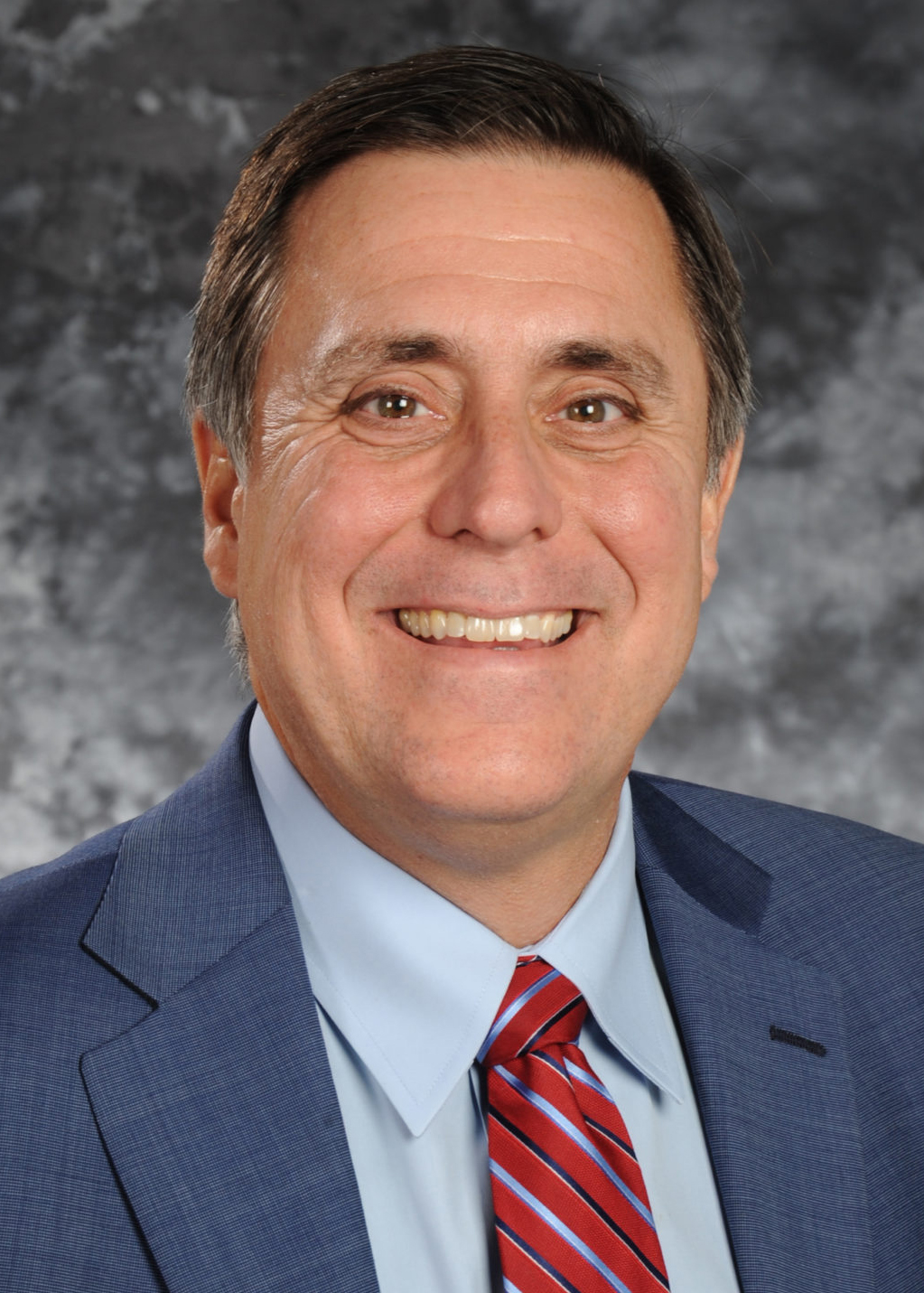
Peters
ANS Fellows William D. Magwood IV and Mark T. Peters have been elected to the National Academy of Engineering (NAE).
Magwood, an ANS member since 1983, is the secretary general for the OECD Nuclear Energy Agency. He was elected for “leadership and contributions to research programs that drive innovation in global nuclear energy enterprises.”
Peters, an ANS member since 2007 and the executive vice president for Laboratory Operations at Battelle, was elected “for leadership and contributions in advancing U.S. nuclear energy capabilities and infrastructure.”
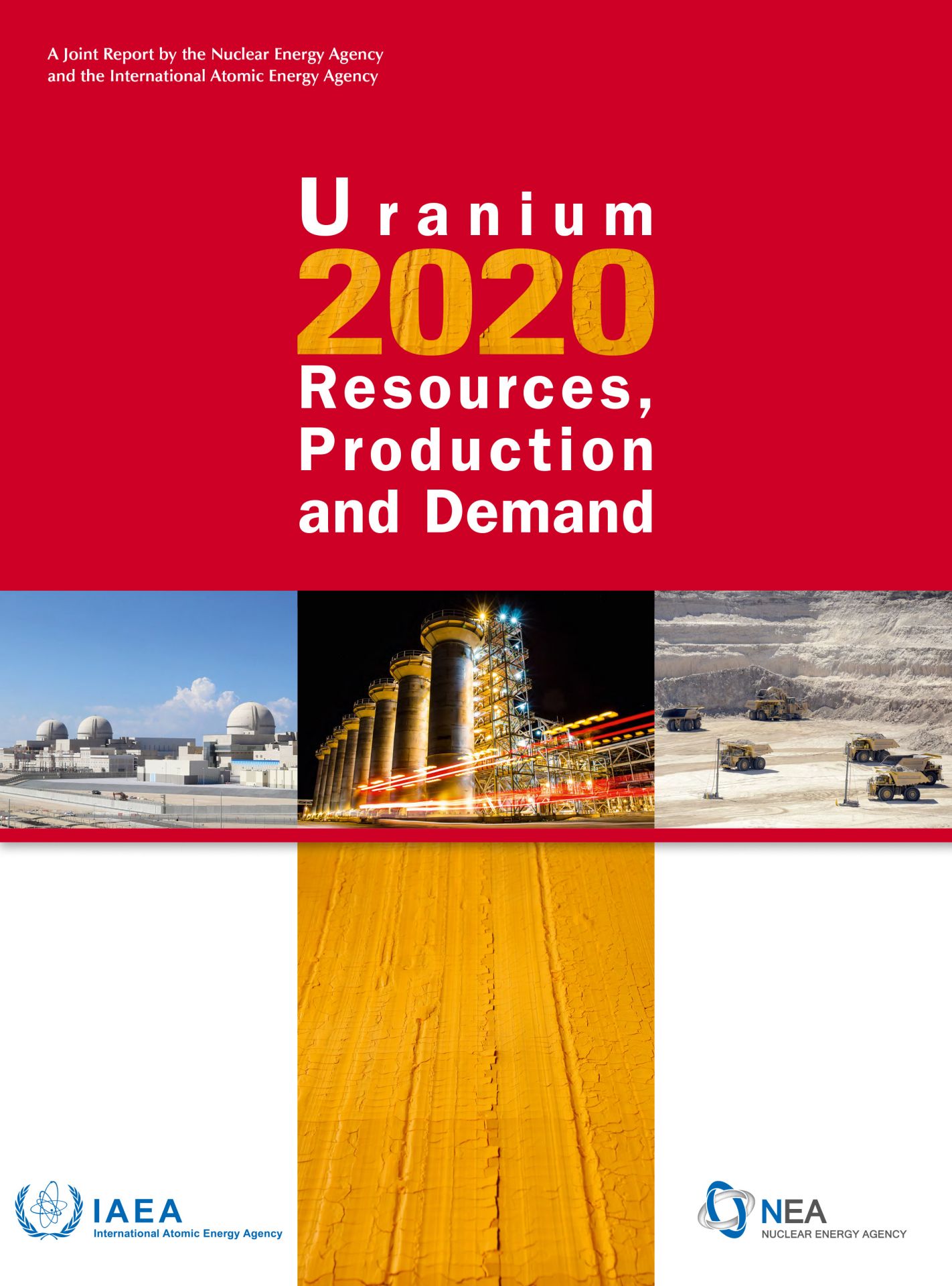 Adequate uranium resources exist to support the long-term, sustainable use of nuclear energy for low-carbon electricity generation, as well as for other applications, including hydrogen production. That assessment is contained in the latest (28th) edition of Uranium—Resources, Production and Demand, a global, biennial reference prepared jointly by the OECD Nuclear Energy Agency and the International Atomic Energy Agency.
Adequate uranium resources exist to support the long-term, sustainable use of nuclear energy for low-carbon electricity generation, as well as for other applications, including hydrogen production. That assessment is contained in the latest (28th) edition of Uranium—Resources, Production and Demand, a global, biennial reference prepared jointly by the OECD Nuclear Energy Agency and the International Atomic Energy Agency.
The publication adds, however, that the impact of the COVID-19 pandemic and recent reductions in uranium production and exploration could affect available supplies, suggesting that timely investment in innovative mining and processing techniques would help assure that uranium resources are brought to market when needed.
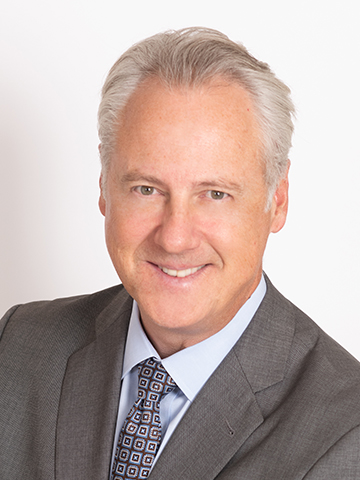
Craig Piercy
As a not-for-profit scientific and professional organization, the American Nuclear Society’s raison d’être has always been the advancement of nuclear science and technology. While many among our diverse ranks may see themselves as advocates, it is important to recognize that ANS the organization will never take the place of industry trade associations like the Nuclear Energy Institute or the U.S. Nuclear Infrastructure Council. No, we will always be dedicated first to serving the men and women of the nuclear community, both here in the United States and around the world, as a source of news, technical knowledge, professional development opportunities, and scientific fellowship.
This should not in any way dissuade us, however—either individually or as a community—from engaging in the public discussion about nuclear technology, especially when debates become tainted by outright falsehoods or “fake news.” As we have seen in stark relief over the past eight months of pandemic-dominated life, the scientific community has a societal obligation to stand up and set the record straight when misinformation crops up. Simply put, we have to be prepared to call balls and strikes.
With the support of the European Nuclear Education Network, the Nuclear Energy Agency (NEA) is hosting an online event on August 27, at 7 a.m. EDT (1 p.m. in Paris).
The event will celebrate and recognize the accomplishments of the graduating classes of 2020 and 2021, especially those within the nuclear science and technology fields.
The event is free and open to all. Registration is required.
How to warn future generations to the location of buried long-lived radioactive waste has been debated for decades. Everything from massive obelisks inscribed with ominous warnings and fields of concrete “thorns,” to “atomic priesthoods” and cats that change color when exposed to ionizing radiation—all are real ideas that have been proposed. Others argue, rather convincingly, whether any such warning is needed at all.
The multifaceted issue of nuclear semiotics is the subject of a recent article in the web magazine BBC Future.
The Paris-based Nuclear Energy Agency recently issued four policy briefs on the role that nuclear energy can play in the post-COVID-19 recovery:
Nuclear power and the cost-effective decarbonization of electricity systems
Creating high-value jobs in the post-COVID-19 recovery with nuclear energy projects
Unlocking financing for nuclear energy infrastructure in the COVID-19 economic recovery
Building low-carbon resilient electricity infrastructures with nuclear energy in the post-COVID-19 era